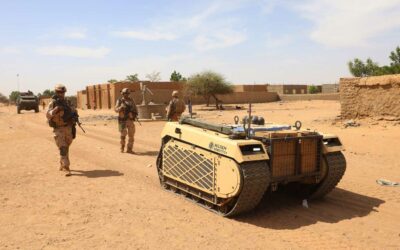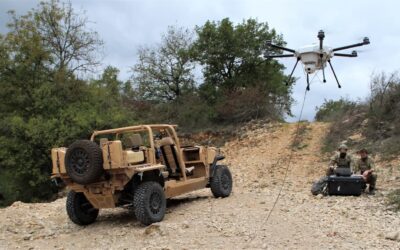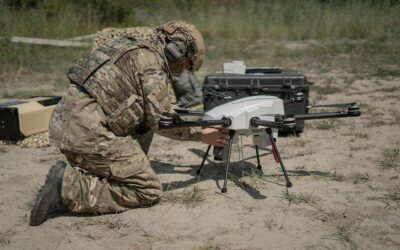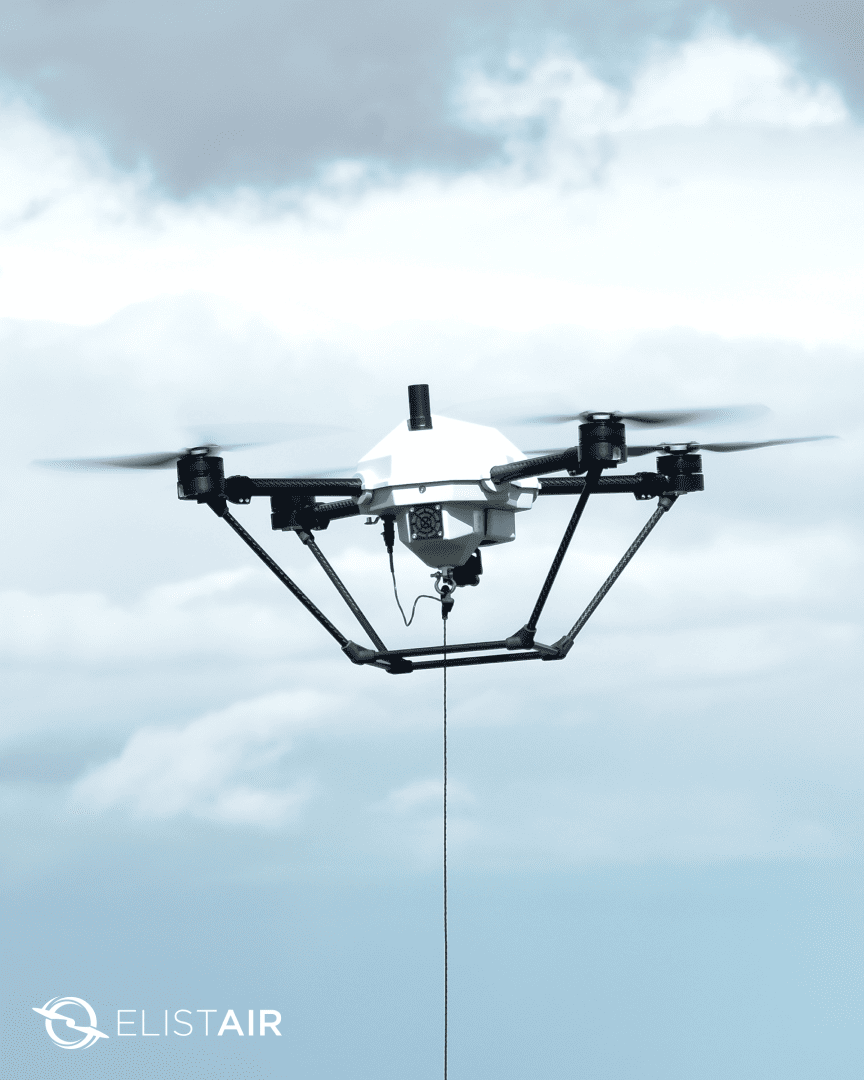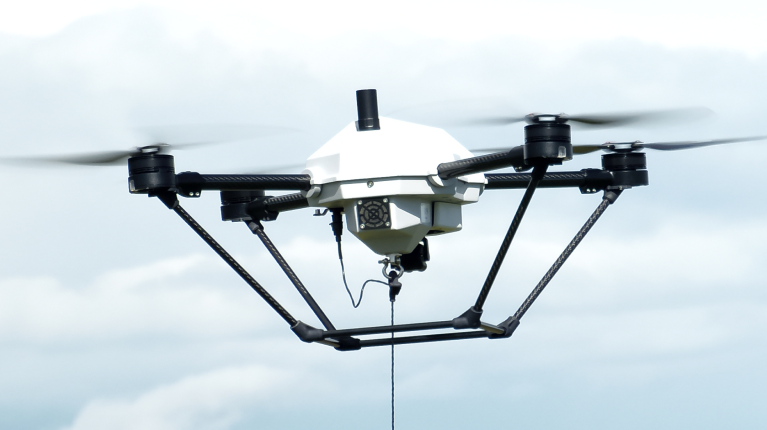UGV and Drone : 4 advantages on the battlefield
Elistair Team
Technological advancements in the defense sector reshape missions execution. Unmanned Ground Vehicle (UGV) solutions, (also known as an autonomous ground vehicle), have become pivotal in enhancing mission success while reducing risks to human soldiers. When paired with tethered drones, a military UGV unlocks groundbreaking potential. This marriage between ground-level precision, and aerial intelligence brings unprecedent capabilities to teams in the field.
More than a technological evolution, it’s a revolution in operational efficiency, safety, and situational awareness.
What is a UGV?
A UGV is an unmanned ground vehicle capable of navigating and performing tasks without a human driver. Robot combat vehicles are equipped with advanced sensors, and offer robust mobility, as well as cutting-edge AI capabilities. These vehicles perform tasks such as reconnaissance, logistical support, and even combat in hazardous environments.
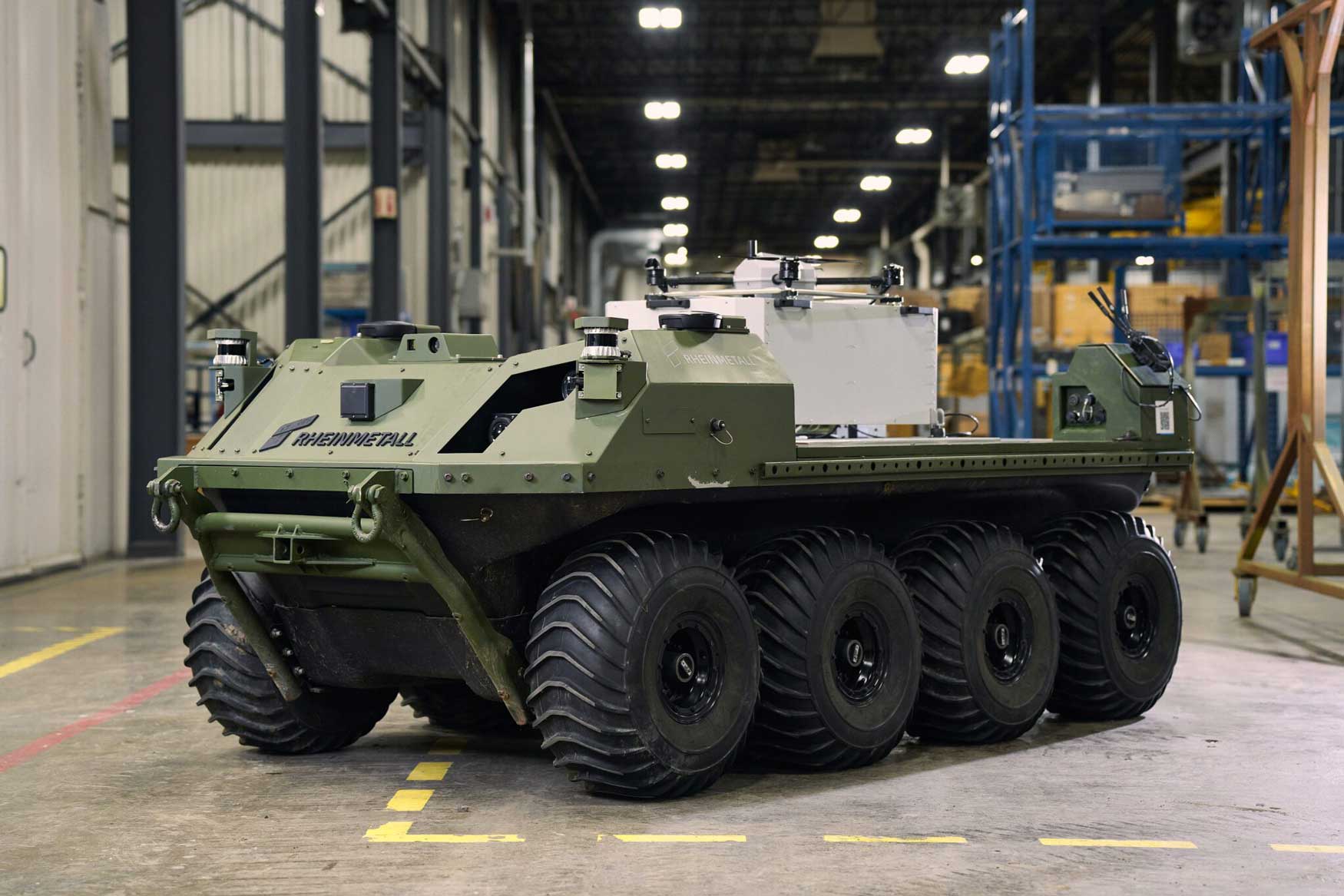
How Tethered Drones Improve Tactics on the Battlefield?
Tethered drones are unmanned aerial systems. They can be integrated directly atop UGVs and are connected to a power source via a tether. This tether enables continuous flight and uninterrupted data transmission.
When integrated with UGVs, tethered drones provide a new perspective on ground operations. They expand the reach and capabilities of unmanned ground missions.
Advantage #1: Coordinated Reconnaissance
Picture this: a UGV roams through rough terrain, looking for potential threats while a tethered drone hovers overhead, providing real-time aerial intelligence. This dual-layered reconnaissance transforms how commanders view battlefields. It gives them real-time intelligence that they can rely on for split-second decisions.
For example, during the conflict in Ukraine, ISR (intelligence, surveillance, reconnaissance) missions have demonstrated the power of layered situational awareness. Unmanned Ground Vehicles and tethered drones work together to spot enemy movements, assess terrain, and relay actionable data. This integration ensures quicker decisions, better resource allocation, and enhanced military security on the ground.
Advantage #2: Force Multiplication
The combination of a UGV with a tethered drone, acts as a force multiplier. In contested environments, reducing risks to personnel is a top priority. These systems extend operational reach and reduce the need for human soldiers in high-risk zones. This means fewer boots on the ground and more capabilities in the field.
Consider a scenario in contested territories: tethered drones perform continuous surveillance of the area while the autonomous ground vehicle delivers critical supplies or monitor potential threats on the ground. This persistent vigilance allows troops to focus on strategic maneuvers while the UGV and drone system ensures 24/7 intelligence coverage. The result? Safer operations and a more efficient deployment of resources.
Advantage #3: Expanded Mission Capabilities
The synergy between UGVs and tethered drones has expanded their mission profile dramatically. Autonomous vehicles provide robust mobility on rugged terrains, while tethered drones offer unmatched aerial flexibility. Together, they conquer environments where human intervention is challenging or impossible.
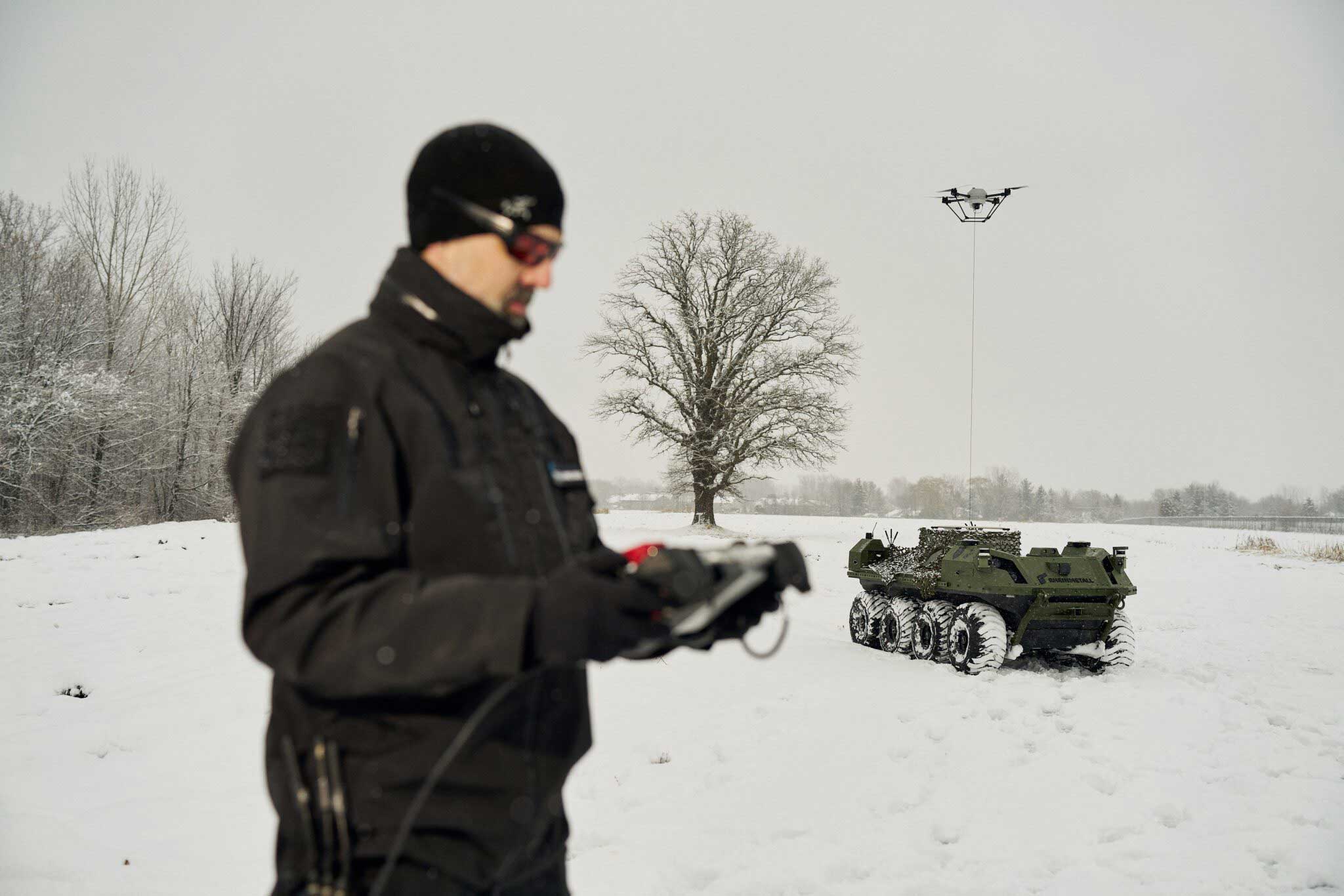
This capability to adapt to tough conditions makes the UGV-drone pairing a game-changer.
Advantage #4: Autonomy and AI-Driven Collaboration
Advancements in AI and machine learning have taken the collaboration between UGVs and tethered drone solutions to new heights. With minimal human intervention, these autonomous systems can now execute complex missions by themselves. Predictive analytics, obstacle avoidance, and optimized task allocation are just a few examples of how AI drives operational efficiency.
Picture a convoy of UGVs and tethered drones navigating through hostile terrain. The drones anticipate potential obstacles ahead, while UGVs adjust their routes accordingly. Future iterations could see fully autonomous units capable of handling high-stakes scenarios, from ISR missions to precision strikes.
UGV and drone integration: real-life applications
Elistair and Milrem Robotics Integration: Enhanced Tactical Flexibility
Elistair’s collaboration with Milrem Robotics highlights the potential of UGV and tethered drone integration in defense operations. Through this partnership, Milrem integrates Khronos tethered dronebox onto its ground vehicle. This combination of technologies creates a robust system capable of continuous surveillance in challenging environments, including GNSS-denied areas.
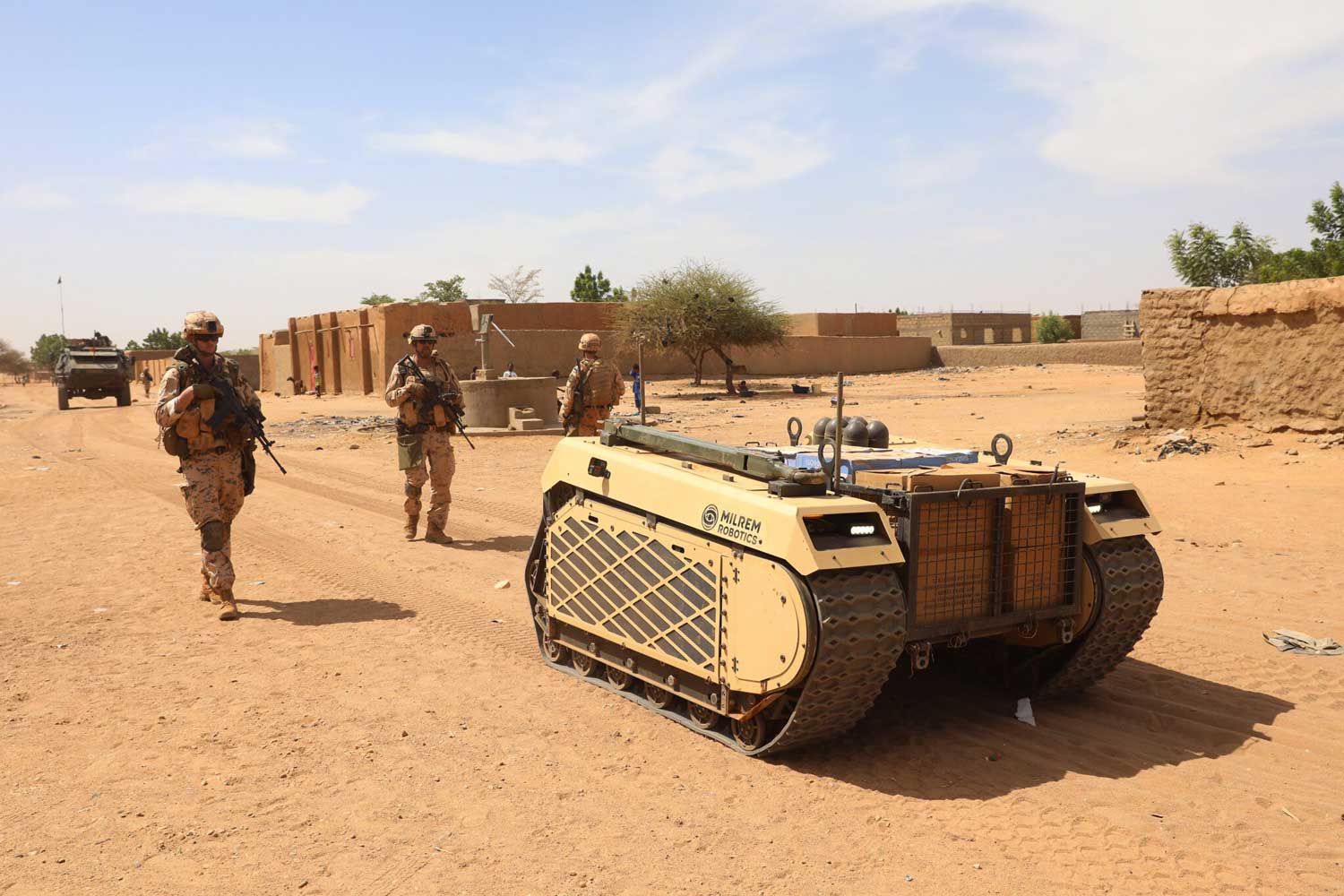
ARX Robotics Partnership: Pioneering Autonomous Coordination
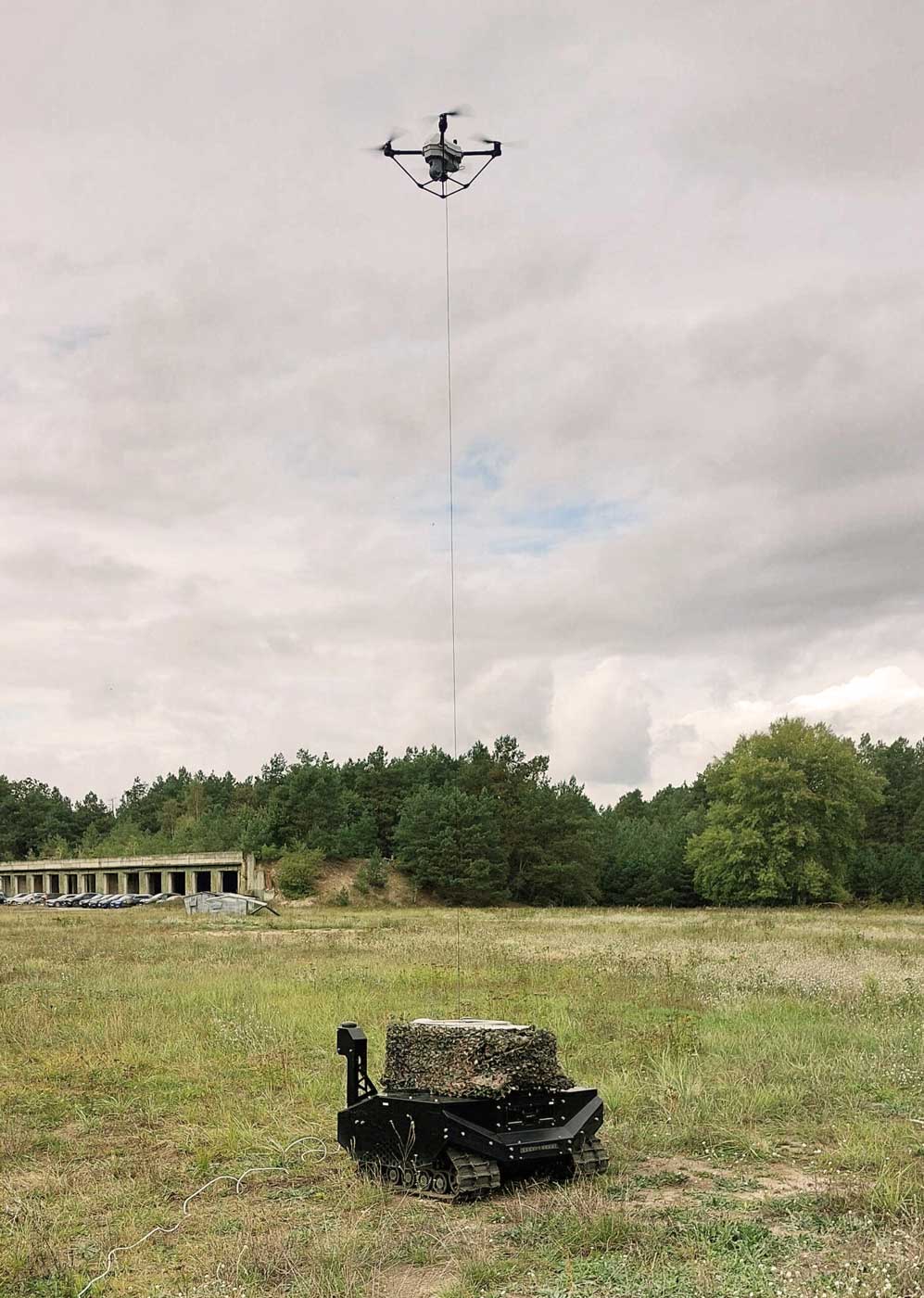
Together, these systems demonstrated their capabilities in navigating complex terrains and performing ISR operations, a significant advantage for modern defense strategies. The integration highlights advancements in autonomy, task coordination, and extended mission capabilities.
From coordinated reconnaissance to force multiplication, expanded mission capabilities, and AI-driven autonomy, these integrated platforms represent a significant leap forward in defense technology. As they continue to evolve, UGVs and tethered drones become indispensable tools for defense forces worldwide, enabling safer, smarter, and more effective operations.

